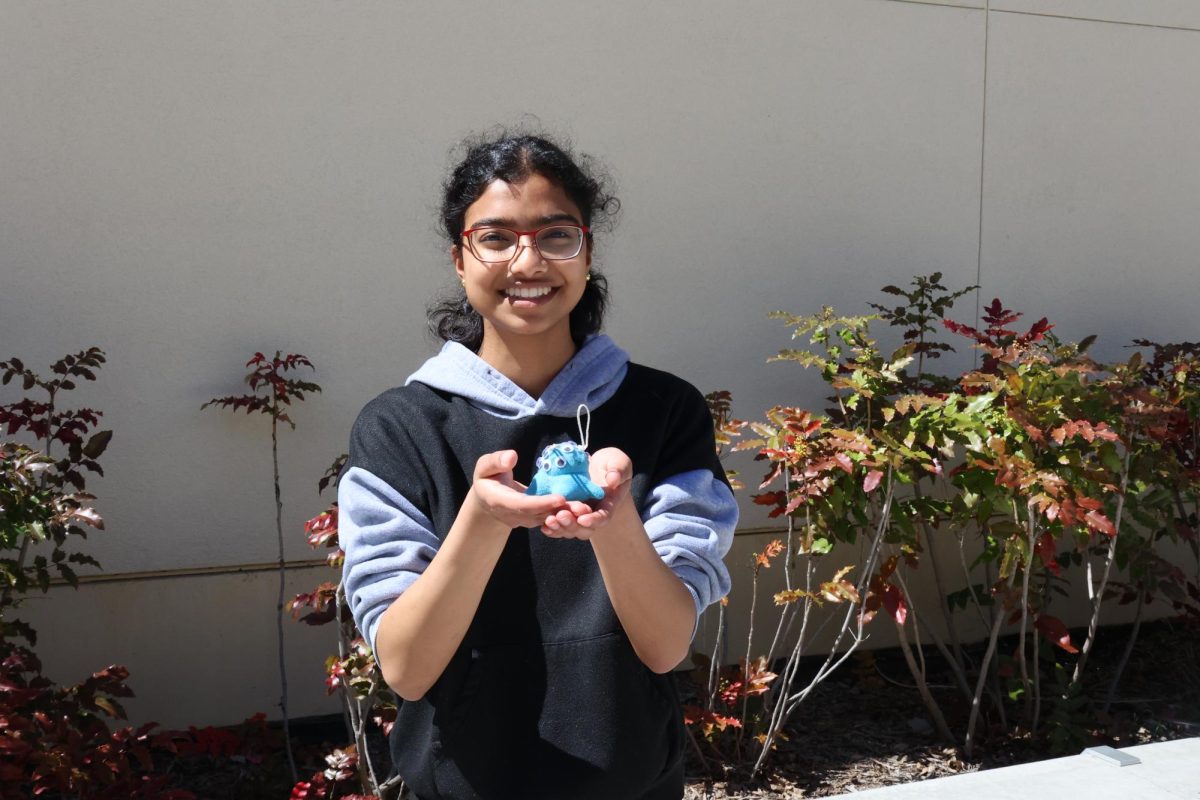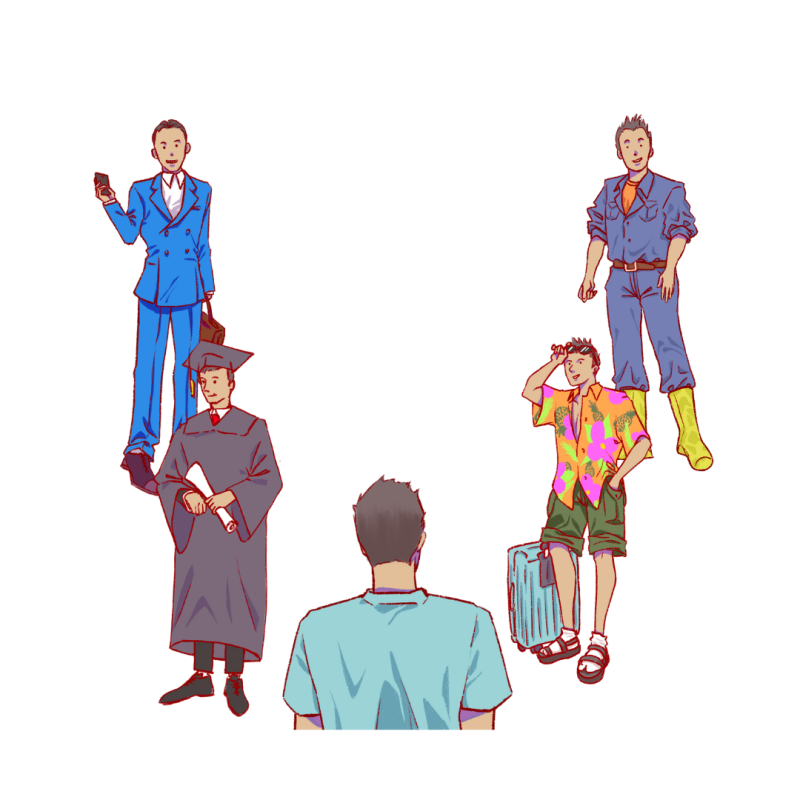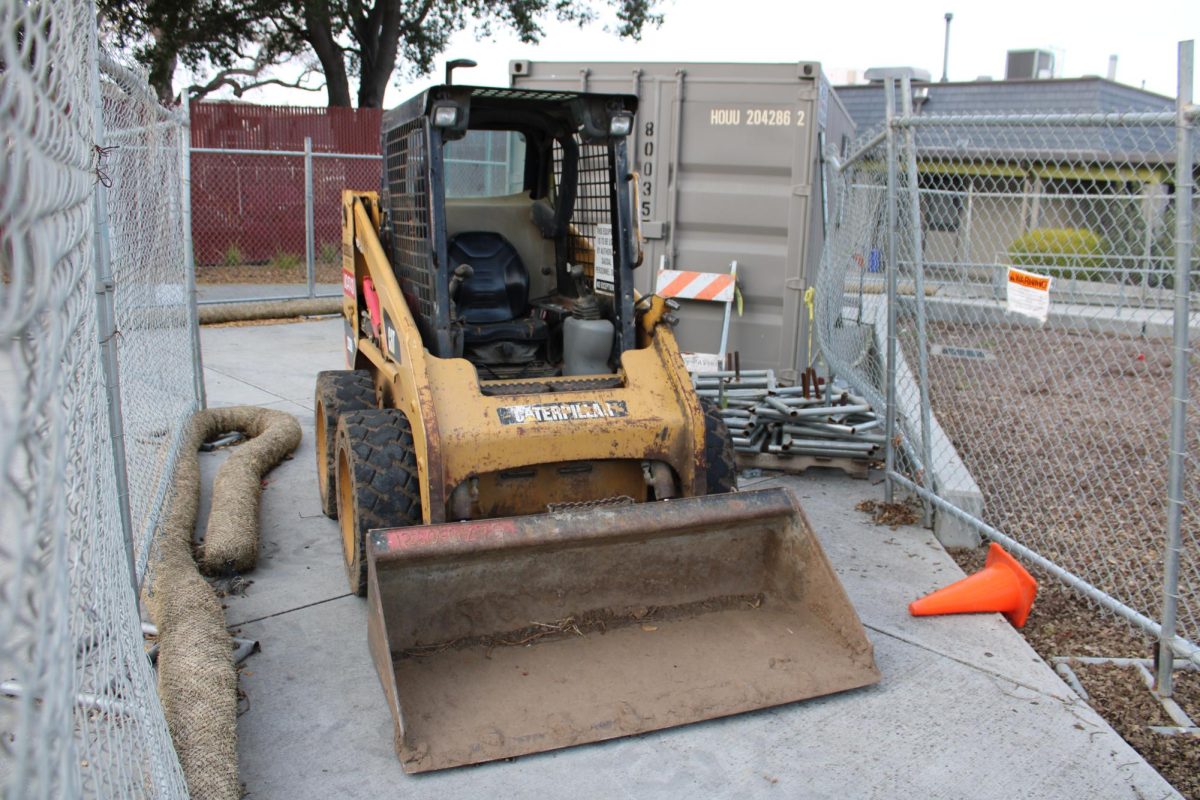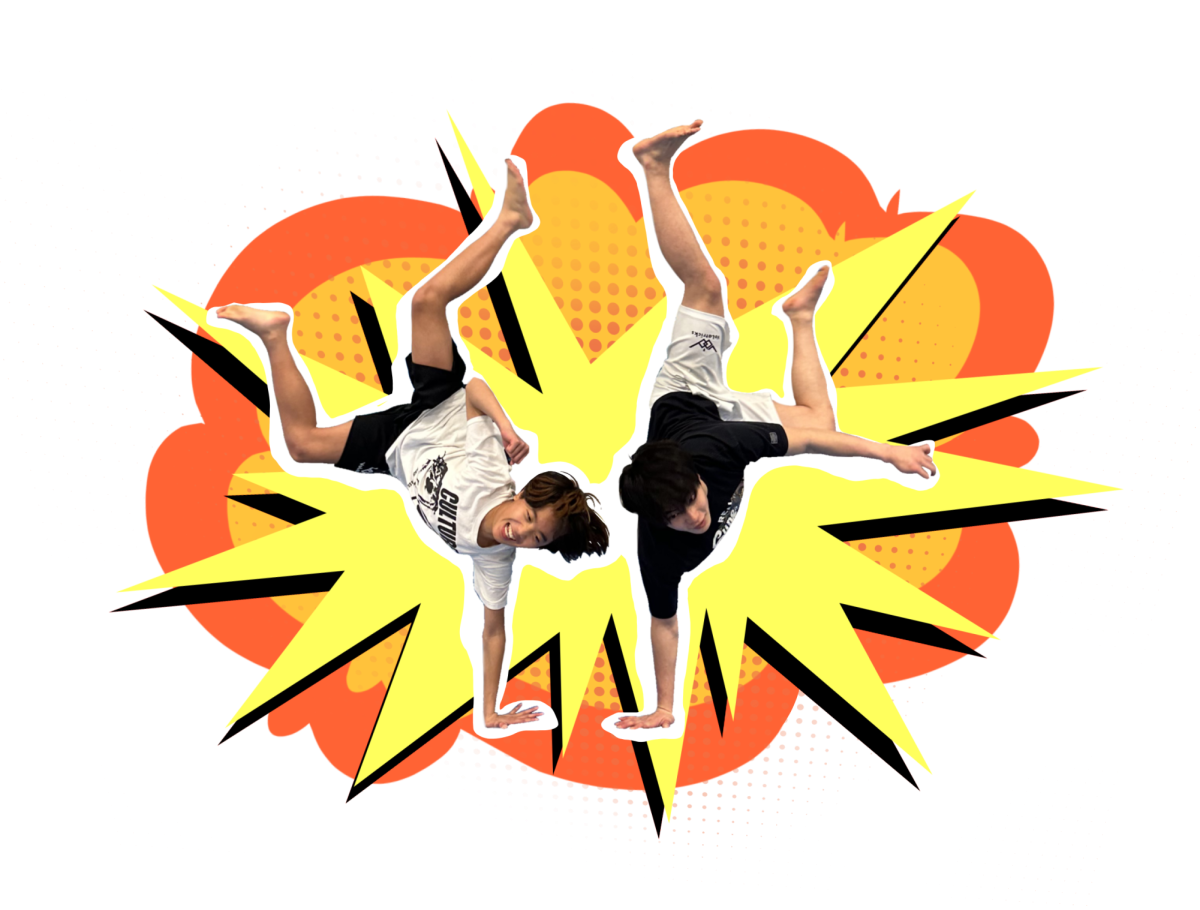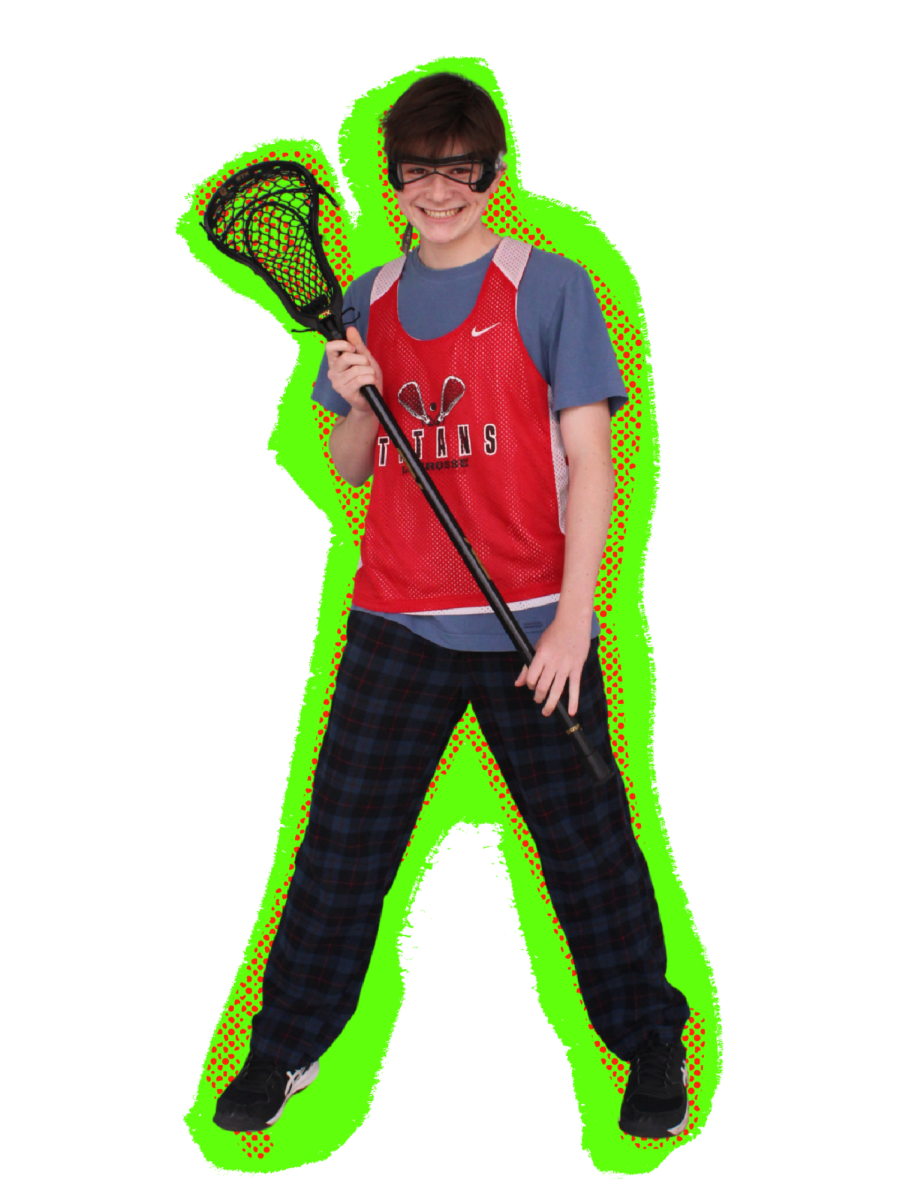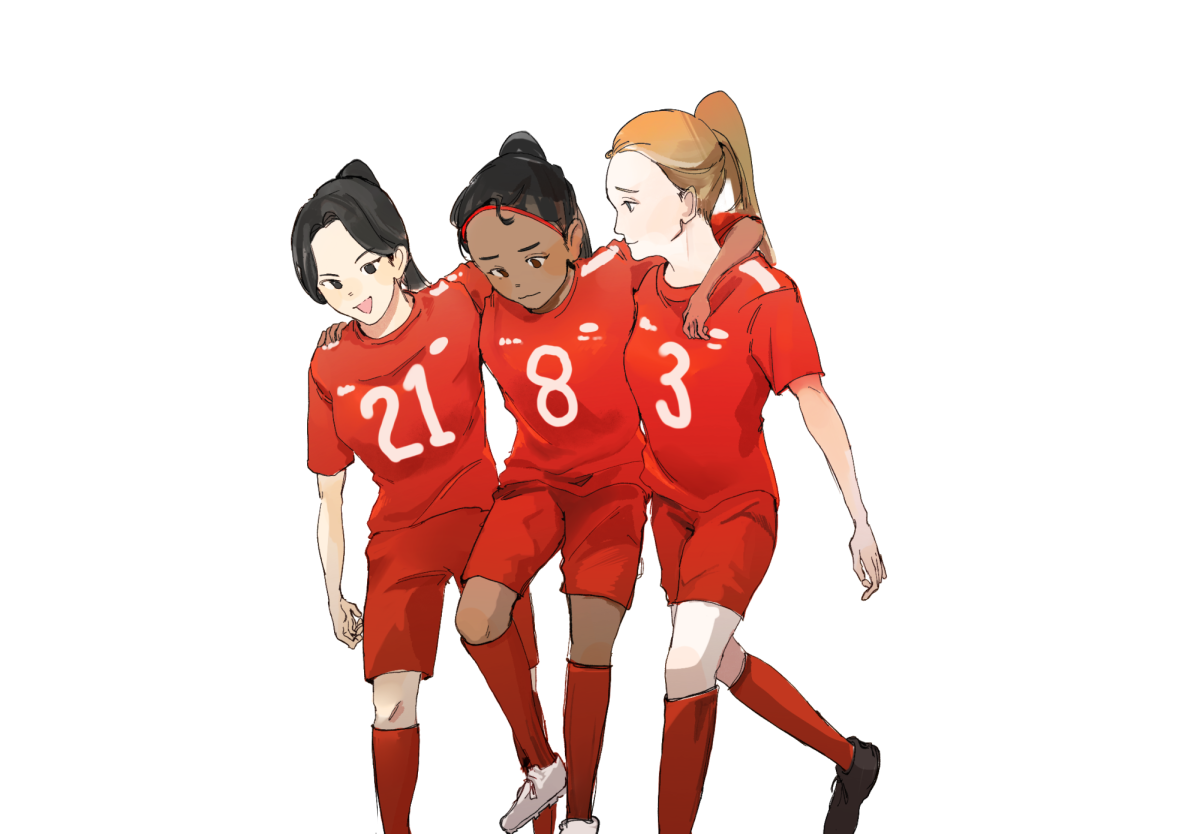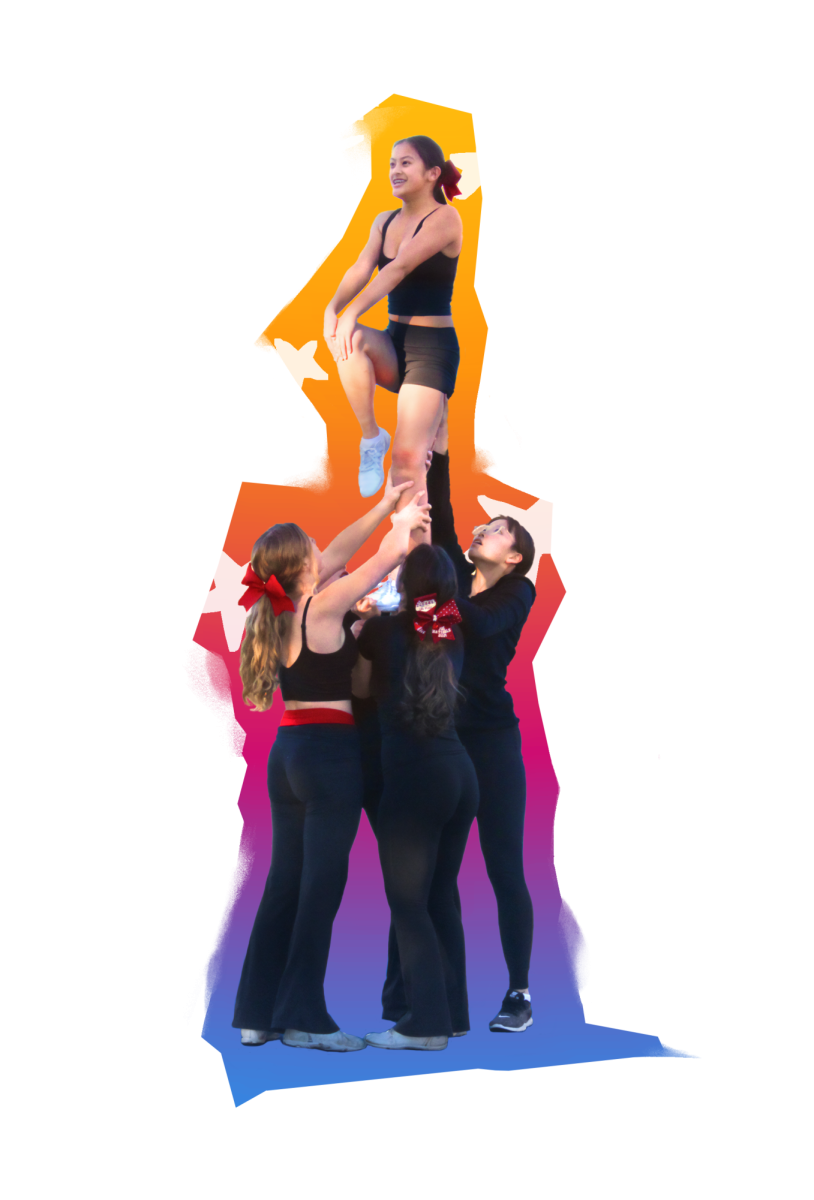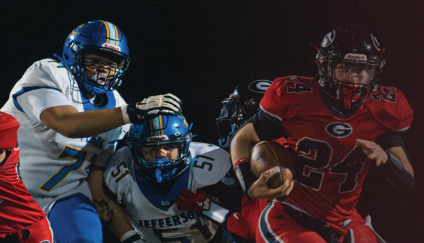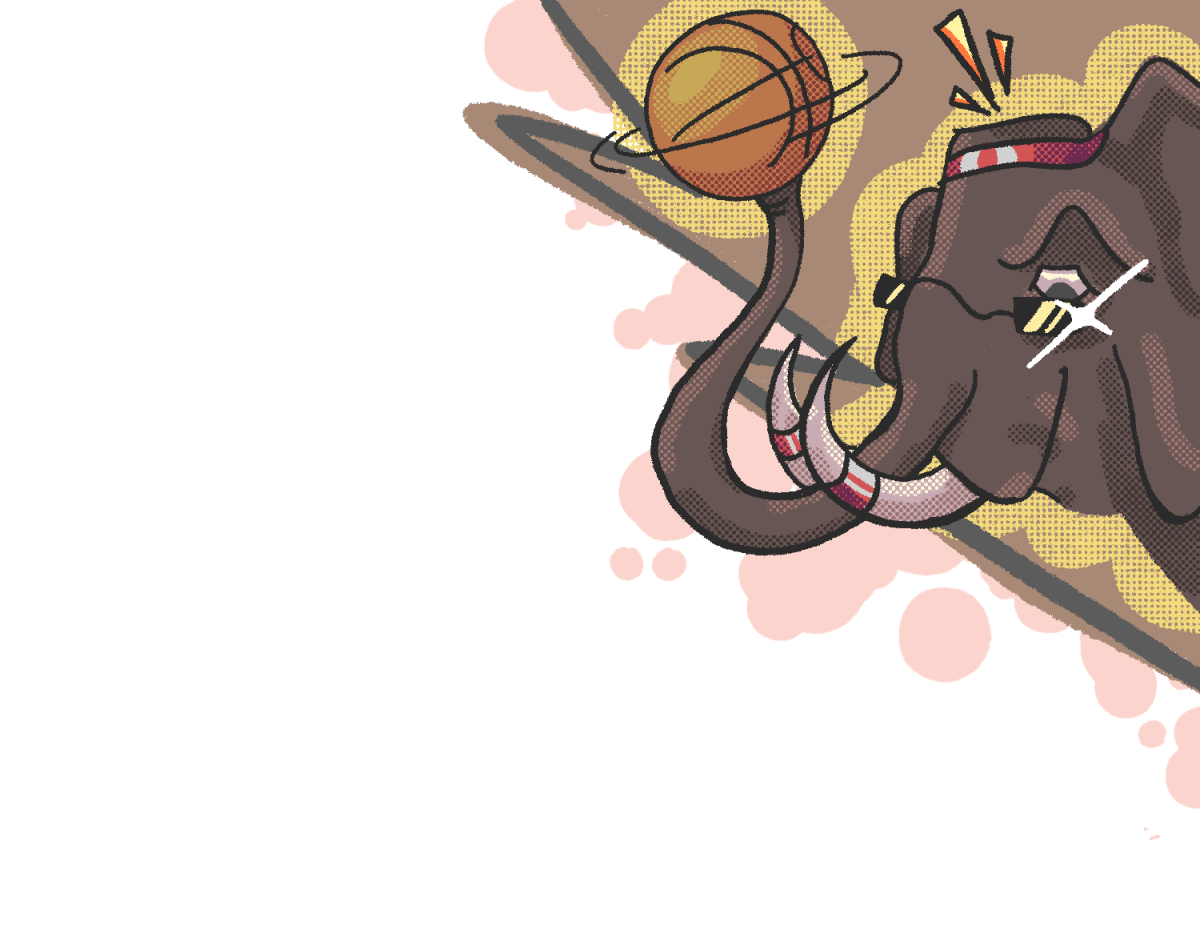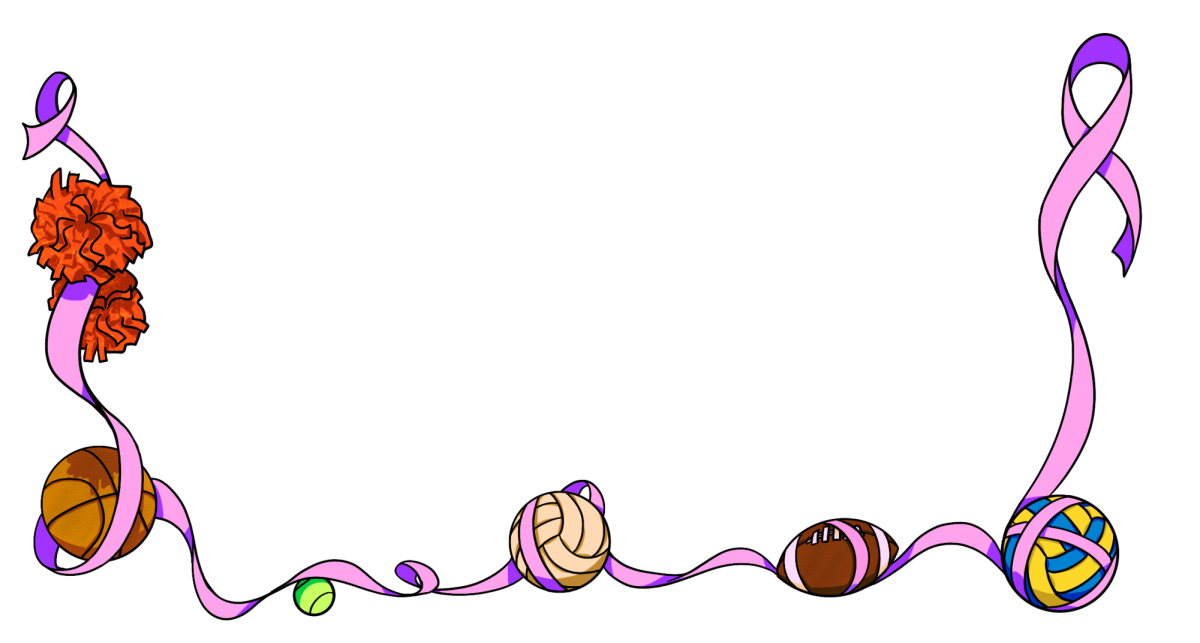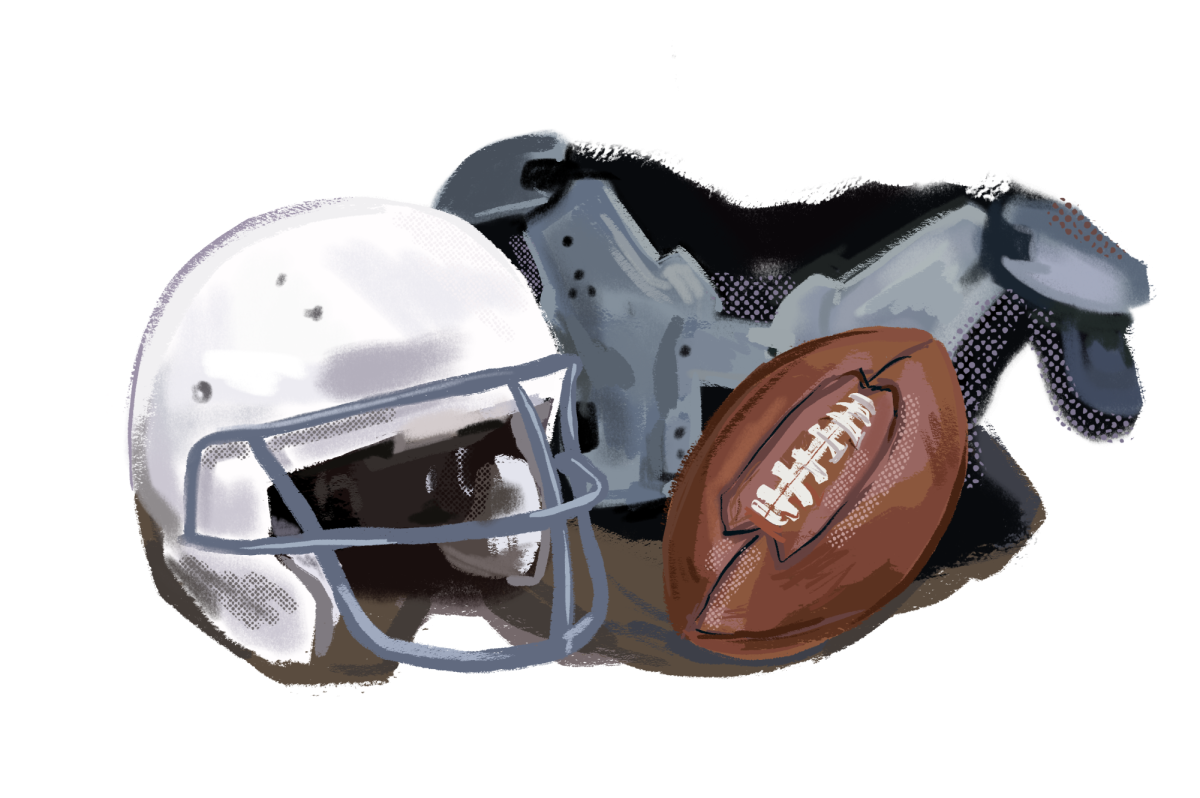Although unexpected, many NFL players incorporate ballet into their training regime to improve their footwork and agility. This is not an unheard-of phenomenon. According to the Sports Institute, athletes who played multiple sports in adolescence are less prone to burnout and injuries from overuse.
At Gunn, over half of the students compete in at least one sport. With participation continuing to rise, student athletes have begun to explore additional sports.
Tennis — with its demand for stamina and hand-eye coordination — proves to be a heavy time commitment for players. Outside of tennis season, junior Mary Yu and senior Mia Saad lead a second life in the spring season, participating in the badminton and swimming teams, respectively.
Although their second sports differ in environment and technique, both students find that their tennis performance is enhanced by the additional activity. Participating in tennis and badminton aids Yu in the challenging aspects of both sports. Her stamina from long tennis matches allows her to remain energetic throughout fast-paced badminton matches, and her hitting technique from badminton helps her volley in tennis.
However, practicing two racket sports at the same time can often pose difficulties.
“I snap too much wrist when I come back from badminton, and that sometimes hurts in tennis because the impact is too much,” she said.
On the other hand, Saad’s sports share little similarity in gameplay, but their individualism helps her improve cardio conditioning and build a strong mentality.
“(They) really help me with the mental aspect of (playing sports), constantly pushing yourself to your limit and being able to do the best you can do,” she said.
Yu also notices that playing a second sport allows her to redirect her attention when she might be feeling burnt out, frustrated, or discouraged by her performance in the other sports.
“When I’m not enjoying tennis or I hit a bad shot, I just think, ‘Well, if I was playing badminton right now, I would ace the other player,’” she said. “So whenever I don’t find enjoyment in one sport, I look forward to playing the other one.”
In contrast, sophomore William Nevels, who plays baseball and runs in cross country, views his sports as mostly independent of one another.
“In terms of running, you’re just trying to get the best pace you can,” he said. “But in baseball, you’re playing more for a team, so hopefully your team can add on to (your efforts).”
While both involve intense physical activity, each sport targets different muscle groups during exercise.
“Running will help me when I’m on the base path, but upper body is never used in running, (whereas) baseball (requires) a lot of upper body,” he said.
Yu, Saad, and Nevels have played multiple sports since their freshman or sophomore year. In contrast, girls varsity lacrosse captain senior Sophia Howell only recently began her second sport, flag football, but already sees overlaps in skills.
“Even though there’s not necessarily a huge crossover between the actual sports, there’s a huge crossover between the people that play the sports,” she said. “You have to be driven to play both.”
For all student athletes, balancing sport seasons with academic pressures is challenging. Many treat the winter as a rest season, taking the time to focus on schoolwork or off-season training. Howell, who takes college courses at Foothill as a dual-enrollment student, believes that her discipline is what has allowed her to succeed in academics despite her commitment to multiple sports.
“(The time commitment) forces you to reassess what adds value to your life and cut out the things that don’t,” she said. “I find that when I’m playing a sport, I almost don’t have time to scroll. I take care of myself and take some downtime, but you have to plan out your day and understand that your study time really has to be study time. You can’t procrastinate.”
Saad finds that she, perhaps counterintuitively, is more productive during her sports seasons.
“Being physically active all the time helps me relieve tension and stress,” she said. “So when I can go study, I can focus.”
Participating in sports is also a way for students to find community. Yu realizes that she might prefer the environment of one sport over the other, but that doesn’t make her dislike playing either. Instead, she is grateful for all of the close friends she has made.
“Tennis was a fall sport, and by joining a fall sport, (I found my) community,” she said. “I have my best friends from freshman year of tennis together, but (I) just don’t have that in spring sport.”



